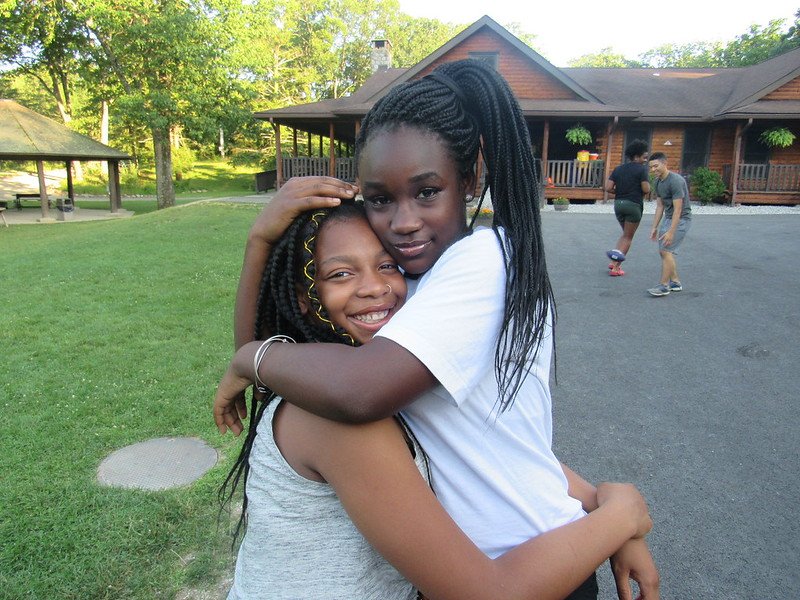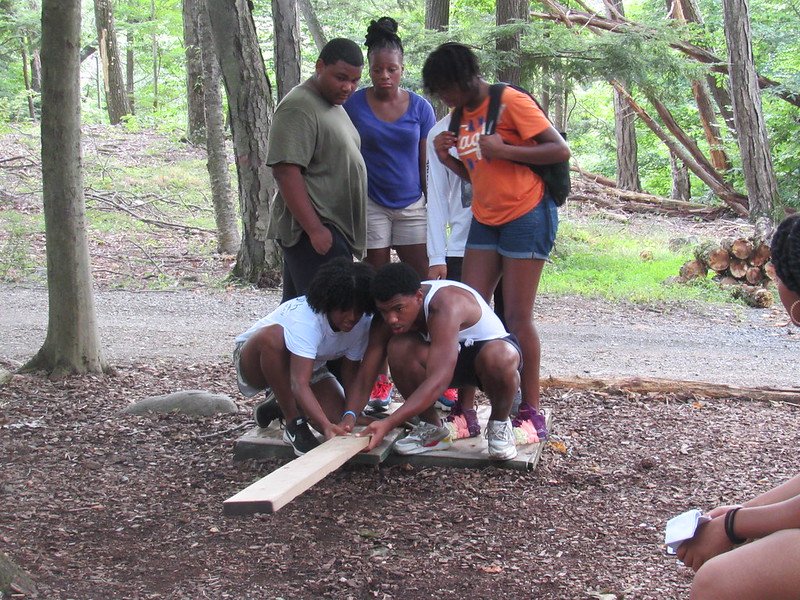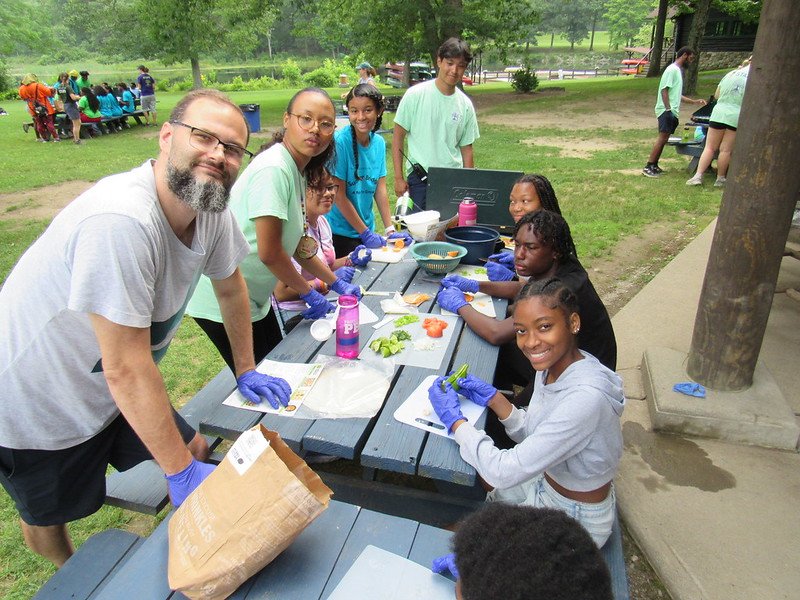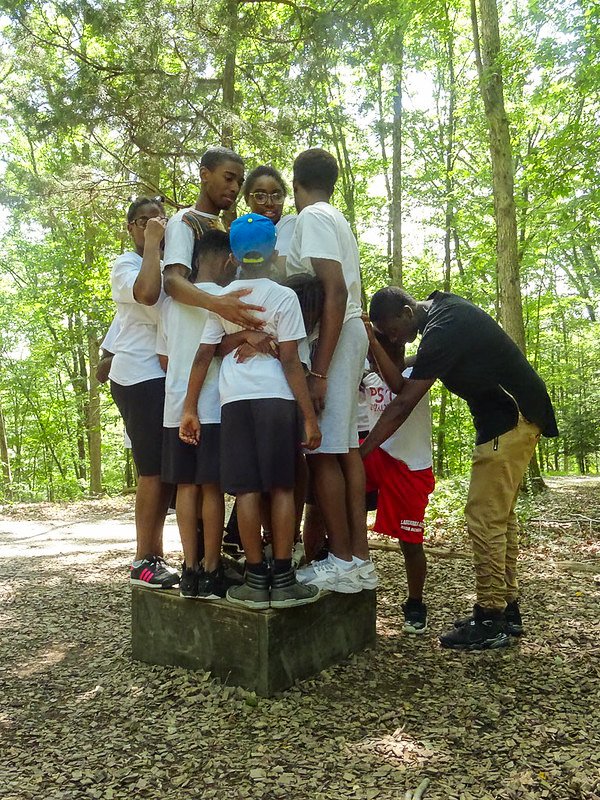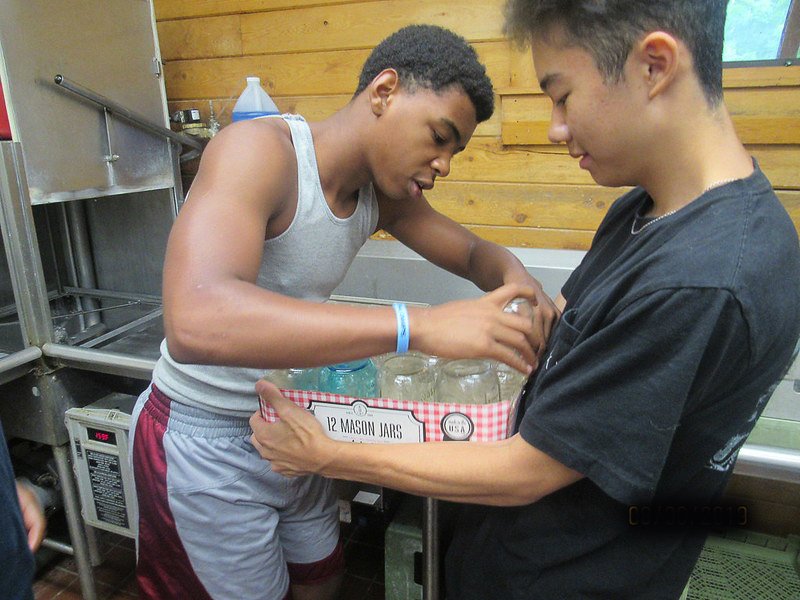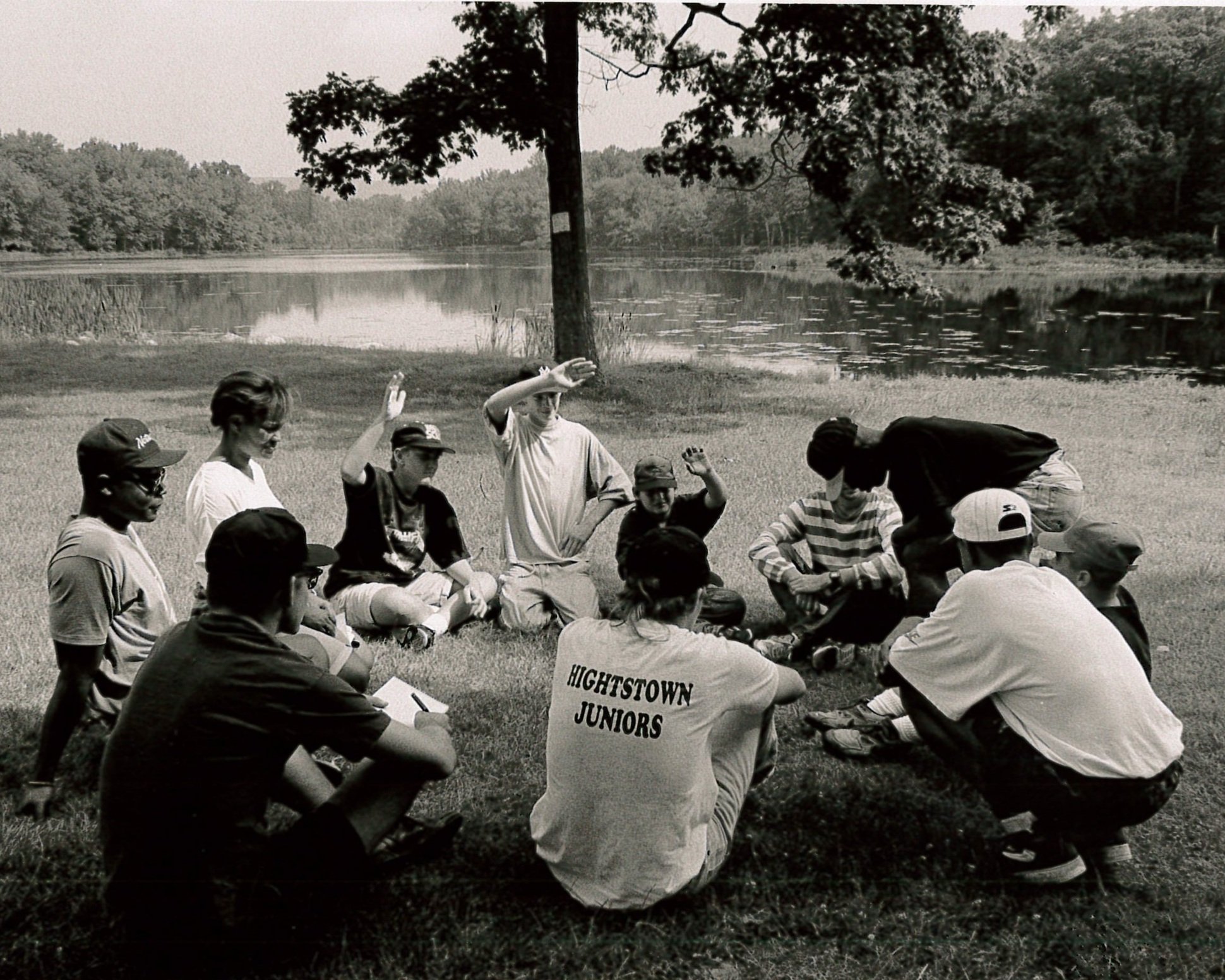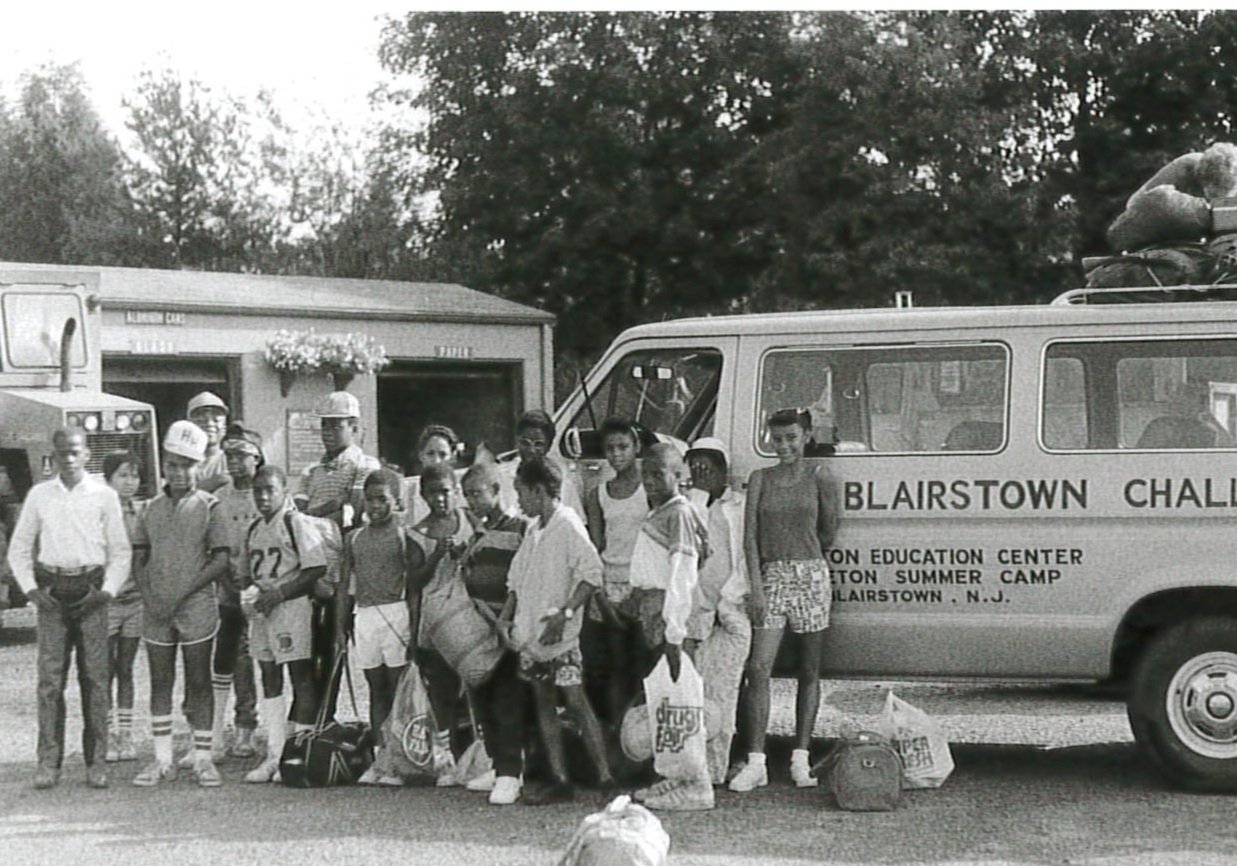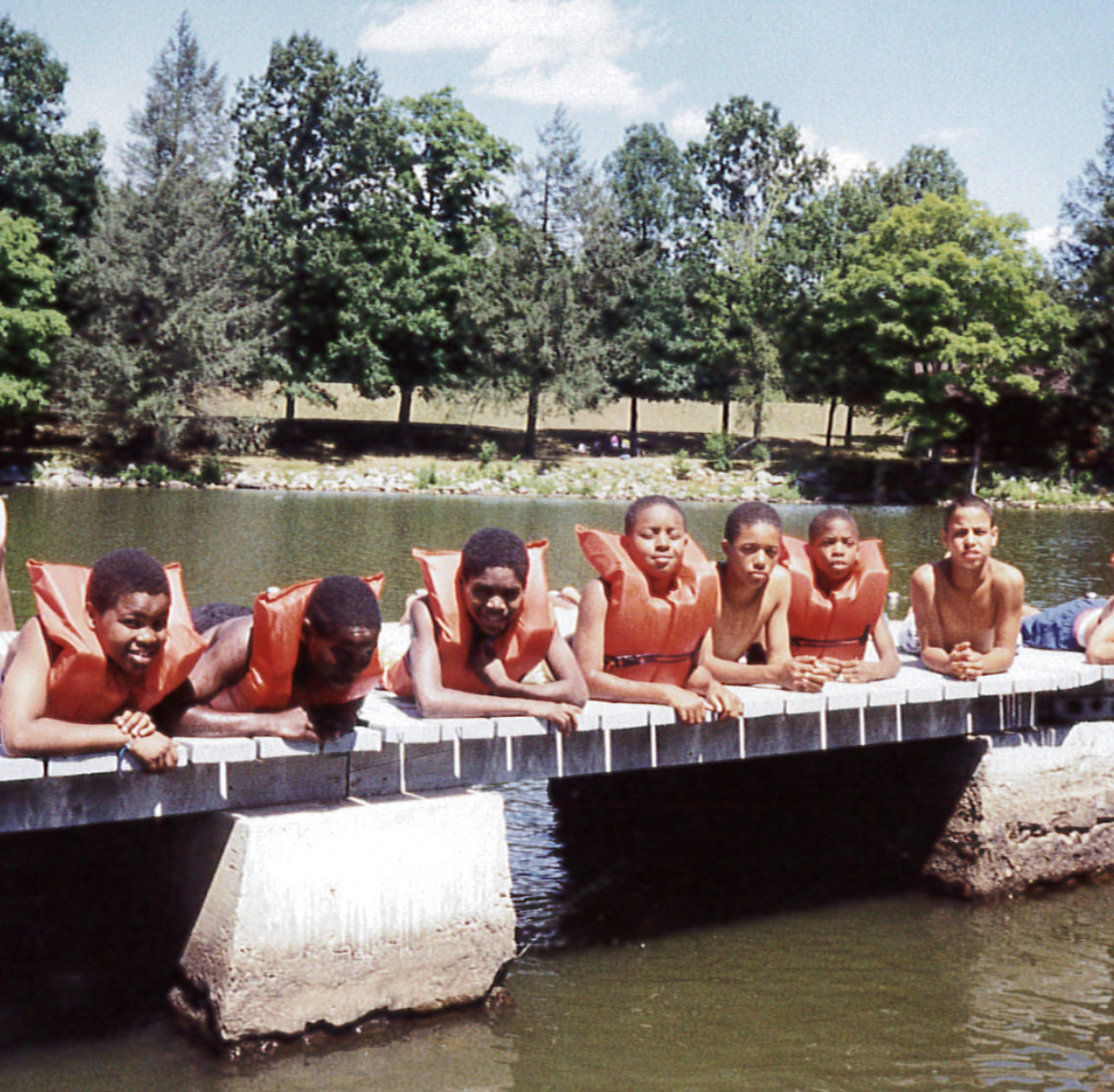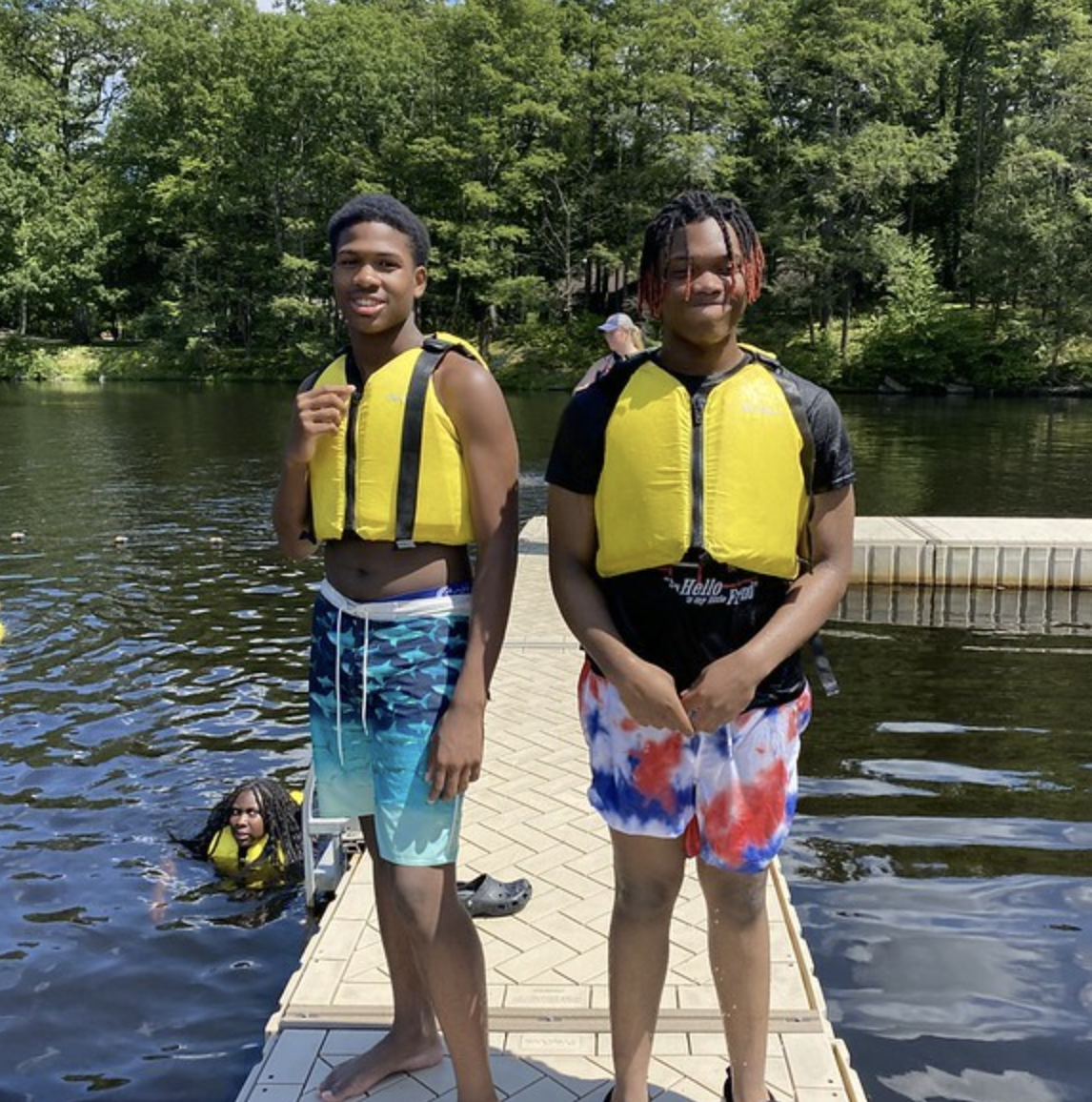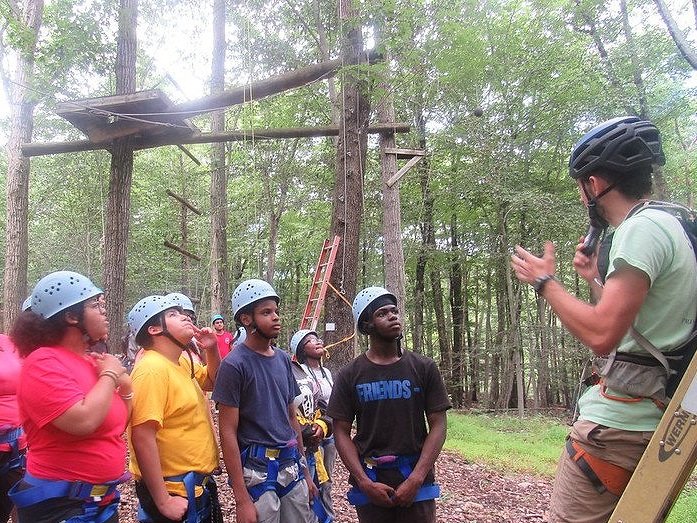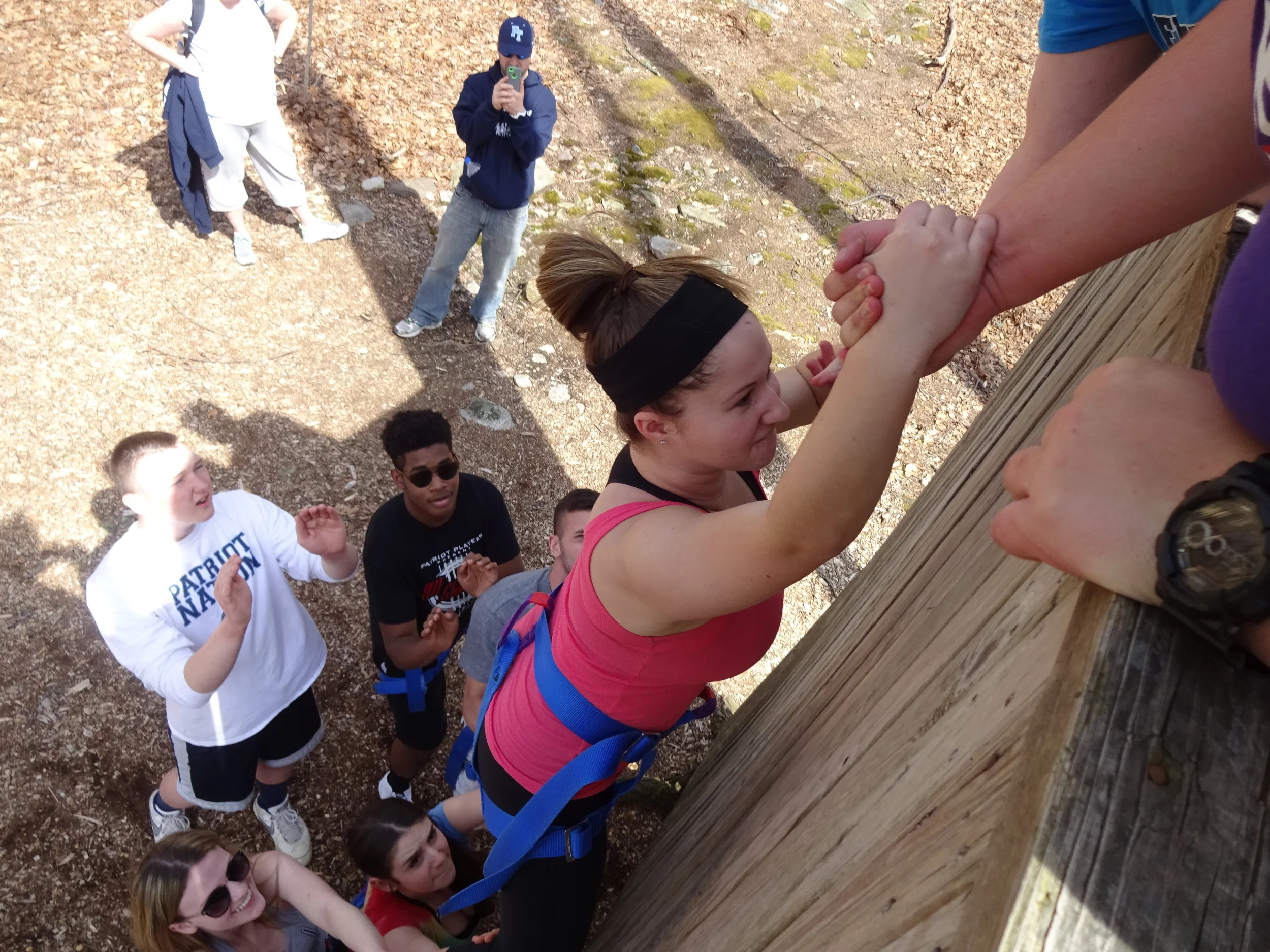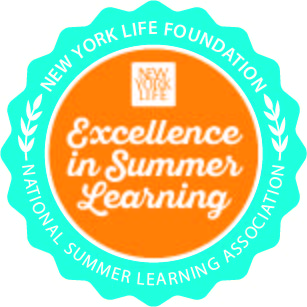Q: How does the Princeton-Blairstown Center develop leaders?
A: The Center works to help everyone, from our youngest participants to our most mature employees, develop their leadership potential. Most people have some natural leadership skills, but without training and practice few can reach their fullest potential. The Center focuses on helping everyone – students and staff – learn to “listen to understand,” practice reflection, develop a set of tools to work cooperatively with others, build respectful and authentic relationships, build grit, take healthy risks, practice gratitude, and understand and manage their emotions.
Q: How would you describe Handy’s story/progression as a leader at the Princeton-Blairstown Center?
A: Handy came to the Center as a high school student via Corner House as part of its peer leadership program. He returned in 2019 to join the staff as a seasonal Facilitator after a friend told him about an open position. Handy quickly connected with the work, our students, and the place. He also demonstrated a desire to grow personally. He was slated to return in 2020 when the pandemic hit. He did a bit of online adjunct work for the Center that first year of the pandemic and returned as a seasonal Facilitator in 2021. When a year-round position opened for a Senior Facilitator later in the year, Handy was selected. He also took on the role of Assistant Summer Bridge Coordinator which involved supporting, coaching, and helping to oversee our award-winning academic and social skills enrichment program. His first foray coaching and supporting staff was successful and demonstrated that Handy was ready for more opportunities.
In early 2022, when we were looking to add a third Program Manager to the team, Handy was chosen over numerous other candidates because of his high level of social-emotional skills. Handy’s perennially positive attitude, experience working with the Center’s students, background in the hospitality and customer service fields, coupled with his desire to continue to grow as a leader and manager, further demonstrates why he was selected to fill this important role. Handy embraces the Center’s philosophy of being the “guide on the side” whether he facilitates students or coaches one of his direct reports. He has taught us all to remember and embrace his mantra, “always assume goodwill of those around you”, even when they say things that don’t align with your values.
Q: What is the goal of focusing on developing leaders?
A: Good leaders have a high level of social-emotional agility. Emotional Intelligence is three times more likely a predicator of success than IQ. Thus, we focus on developing staff members’ social-emotional skills. Some of our staff will move on with us while others go into other important “helping” professions like teaching, social work, nonprofit work, medicine, etc. At the Princeton-Blairstown Center, we aim to be a training center for the young professionals we hire.
Research tells us that employees don’t quit their jobs, they quit their managers. Therefore, it’s important to develop empathetic leaders who can problem solve and read social cues in real time. We are very fortunate to have a VP of Programs with advanced social-emotional skills and decades of experience developing educators. He models, scaffolds, and coaches our team to be their best selves as leaders every day.
Q: Why is it important to have diversity in leadership roles?
A: Representation matters. It’s important for all young people to see people who look like them or come from similar backgrounds represented at all levels of education, government, and the private sector. It sends subtle and not so subtle messages about what they can become and achieve as they look to their futures. As a female growing up in Louisiana in the 1960s and 1970s, it was critically important for me to see women in non-traditional leadership roles. The outdoor educational field has historically been dominated by cis-gendered males. Historically that was true at the Center as well, and yet at least half of the students we serve do not identify as males.
Studies show that the more diverse a company’s workforce is, the happier, more loyal, and more engaged are its employees. This increases a company’s bottom line through creativity, innovation, and increased productivity. For the Center this means we are better able to advance our mission to help young people further develop their social-emotional skills. Sometimes folks focus on a very narrow definition of diversity, but we think about it in terms of gender, race, ethnicity, sexual orientation, religion, age, physical abilities, political ideologies, and socioeconomic status.
Q: How does the Princeton-Blairstown Center create opportunities for young people to become leaders?
A: The Center’s Leader-in-Training program takes students who have been to Blairstown through either Summer Bridge, a school trip, or a community-based agency trip and helps them learn and practice leadership skills through an intense six-week program. These students have the opportunity to return to the Center as summer and/or seasonal staff members.
We also create opportunities for college students to become leaders of our Summer Bridge Program or join our seasonal team. The growth we see in these young people over a summer and a season is incredible. This summer three of our staff from previous summers joined us for a week to facilitate Summer Bridge. All have gone on to be young leaders in their own right – one is a social studies teacher at a charter school, one works as a DEI Community Engagement Specialist, and one works as a Residential Life Associate at an independent school for young people from historically marginalized communities. They are such great examples and spokespeople for how the Center creates opportunities for young people to become leaders.
Q: How does the Princeton-Blairstown Center ensure people of color and people from historically marginalized communities have opportunities to be leaders in the Princeton-Blairstown community?
A: The Center actively recruits from communities of color. Four of our six summer staff members this summer were young people of color, one of whom was a returning staff member. We work hard to hire and promote from within whenever possible. We create ladders to enable people to stay with us for multiple years and we provide lots of opportunities for training.











